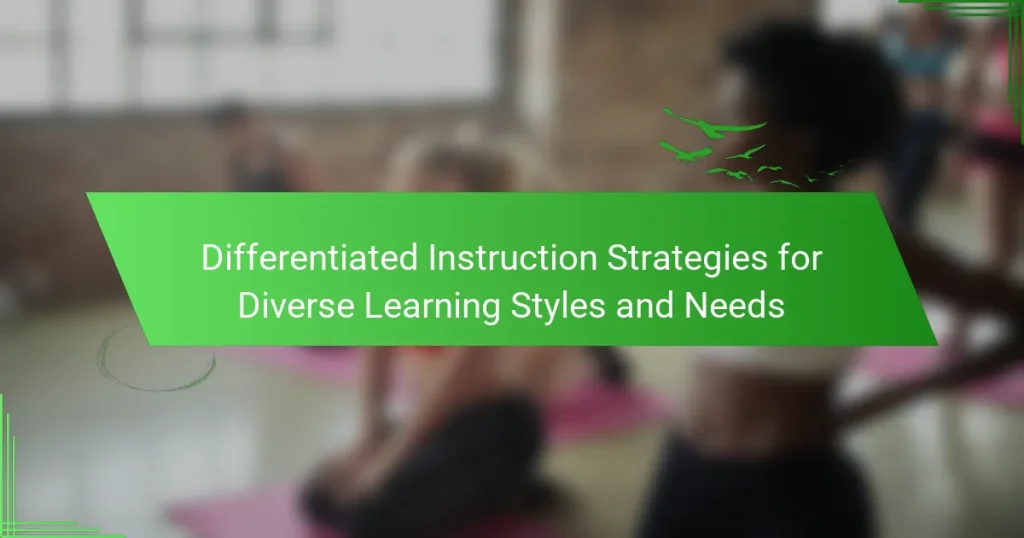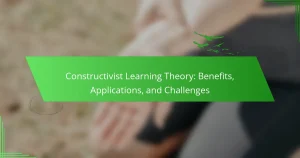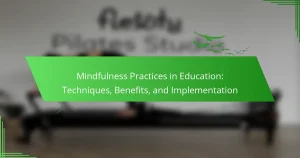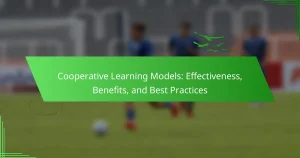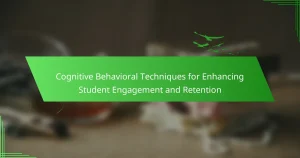Differentiated instruction strategies address the diverse learning styles and needs of students, enhancing their educational experiences. Key approaches include flexible grouping, varied instructional methods, and ongoing assessment. Visual aids and hands-on activities support visual learners, while unique techniques like project-based learning and learning stations promote engagement. Overcoming challenges in readiness levels and resource limitations is essential for effective implementation.

What are the fundamental principles of differentiated instruction?
Differentiated instruction is based on the principles of recognizing individual learning needs, interests, and readiness levels. Key strategies include flexible grouping, varied instructional methods, and ongoing assessment. These approaches ensure that all students engage with content in ways that suit their unique learning profiles, enhancing overall educational outcomes.
How does differentiated instruction address diverse learning styles?
Differentiated instruction effectively addresses diverse learning styles by tailoring teaching methods to meet individual needs. It incorporates various strategies such as flexible grouping, varied instructional materials, and personalized assessments. These approaches ensure that each learner engages with content in a way that aligns with their unique preferences and strengths. For instance, visual learners benefit from graphic organizers, while auditory learners thrive with discussions and lectures. By recognizing and adapting to these differences, educators enhance student engagement and improve learning outcomes.
What are the key benefits of implementing differentiated instruction strategies?
Implementing differentiated instruction strategies enhances student engagement and accommodates diverse learning needs. These strategies promote personalized learning experiences, which can improve academic performance and foster a positive classroom environment.
Key benefits include increased motivation, as students feel their unique strengths are recognized. Additionally, these strategies support various learning styles, allowing for tailored instructional methods that can lead to better retention of information. Differentiated instruction also encourages collaboration among students, enhancing social skills and peer learning opportunities.
Finally, by addressing individual learning gaps, educators can help all students achieve their potential, leading to a more equitable educational experience.
What role does formative assessment play in differentiation?
Formative assessment is essential for differentiation as it informs instruction tailored to individual student needs. It allows educators to identify learning gaps and strengths, enabling personalized strategies. Continuous feedback from formative assessments fosters a responsive learning environment, enhancing student engagement and achievement. This approach aligns teaching methods with diverse learning styles, ensuring all students can succeed.
How can educators create flexible learning environments?
Educators can create flexible learning environments by implementing differentiated instruction strategies. These strategies include tailoring lessons to accommodate various learning styles, offering choices in assignments, and using diverse teaching methods.
For example, teachers can provide visual, auditory, and kinesthetic activities to engage all students. Utilizing technology can also enhance flexibility, allowing personalized learning paths. Regular assessments help educators adjust their approaches based on student progress and needs.
Incorporating student feedback fosters a more responsive environment. Collaborative projects encourage peer learning, catering to different strengths. Creating a supportive classroom culture promotes risk-taking and diverse participation.

What unique strategies can be used for visual learners?
Visual learners benefit from strategies that engage their sense of sight. Utilize diagrams, charts, and videos to convey information effectively. Incorporate visual aids like infographics to summarize key concepts. Encourage the use of color-coded notes to enhance memory retention. Provide opportunities for hands-on activities that allow learners to visualize concepts in action.
How can auditory learners benefit from differentiated instruction?
Auditory learners benefit from differentiated instruction through tailored strategies that enhance their learning experience. Techniques such as incorporating discussions, audio resources, and verbal instructions cater specifically to their strengths. These methods promote engagement and retention by aligning with their preferred learning style. For example, using podcasts or audiobooks allows auditory learners to absorb information more effectively. Additionally, opportunities for group work and presentations enable them to articulate their understanding while reinforcing their auditory processing skills.
What approaches are effective for kinesthetic learners?
Kinesthetic learners benefit from hands-on, experiential learning approaches. Effective strategies include using physical activities, incorporating movement into lessons, and utilizing manipulatives.
1. **Hands-on activities**: Engage learners through experiments, role-playing, or building projects to solidify concepts.
2. **Movement integration**: Incorporate activities like walking while discussing topics or using gestures to reinforce learning.
3. **Use of manipulatives**: Provide tools such as models or props that allow learners to physically interact with the material.
4. **Real-world applications**: Connect lessons to real-life situations, encouraging learners to apply knowledge practically.

What rare but impactful techniques can enhance differentiation?
Differentiated instruction can be enhanced through rare techniques that cater to diverse learning needs. One impactful method involves using project-based learning, allowing students to engage in real-world problems, fostering critical thinking and collaboration. Another unique technique is the use of learning stations, which provide varied activities tailored to different learning styles, promoting autonomy. Additionally, incorporating technology tools like adaptive learning software can personalize learning experiences, addressing individual paces and preferences. These strategies not only differentiate instruction but also create an inclusive environment that supports all learners effectively.
How can technology facilitate differentiated instruction?
Technology can significantly enhance differentiated instruction by providing tailored learning experiences. Adaptive learning platforms assess students’ strengths and weaknesses, offering personalized content. Learning management systems enable teachers to deliver diverse resources, catering to various learning styles. Interactive tools, like educational apps, engage students and facilitate collaboration, enhancing motivation. Data analytics helps educators track progress and adjust strategies to meet individual needs effectively.
What are some culturally responsive teaching practices?
Culturally responsive teaching practices include strategies that acknowledge and incorporate students’ diverse backgrounds. These practices enhance engagement and learning outcomes.
Differentiated instruction is key. Teachers can adapt their methods to meet various learning styles, such as visual, auditory, and kinesthetic. For example, using visual aids can support visual learners, while hands-on activities benefit kinesthetic learners.
Building relationships is crucial. Teachers should create a safe environment where students feel valued and respected. This can be achieved through culturally relevant materials that reflect students’ identities and experiences.
Assessment methods should also be varied. Utilizing formative assessments like projects or presentations allows students to demonstrate understanding in ways that suit their strengths. This approach fosters inclusivity and respects individual learning needs.
How can project-based learning be tailored for diverse needs?
Project-based learning can be tailored for diverse needs by incorporating varied instructional strategies. These include flexible grouping, choice in projects, and differentiated assessment methods.
1. Flexible grouping allows students to collaborate with peers of varying abilities, fostering peer learning.
2. Providing choice in projects enables students to engage with topics that interest them, enhancing motivation.
3. Differentiated assessments cater to different learning styles, allowing students to demonstrate understanding through various formats.
These strategies create an inclusive environment where all learners can thrive.
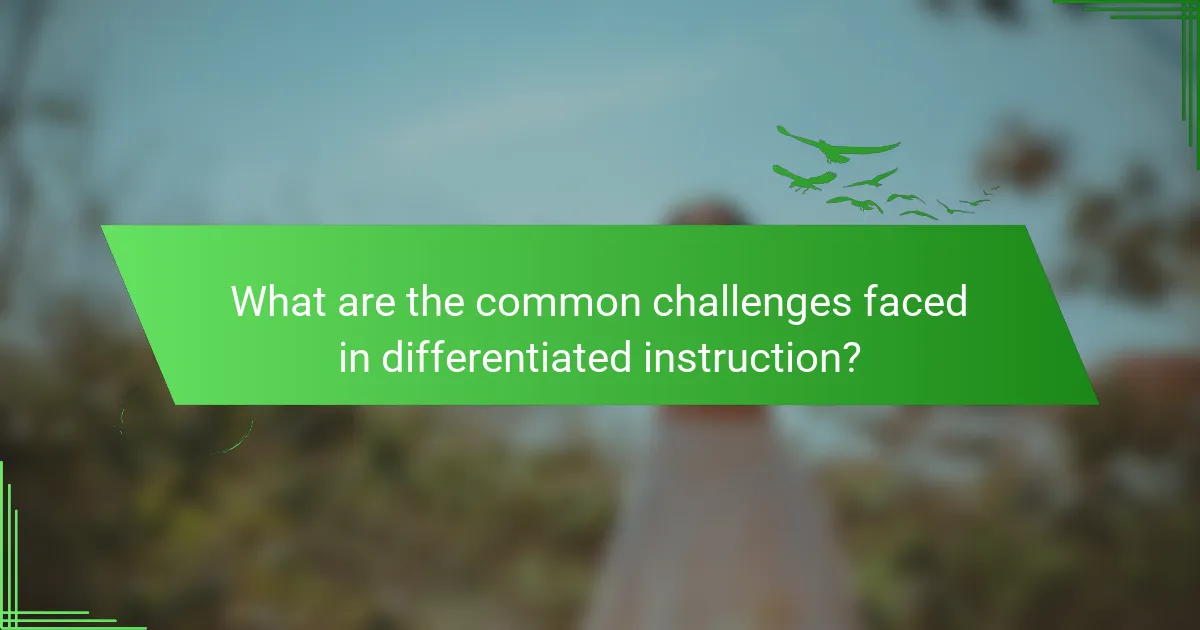
What are the common challenges faced in differentiated instruction?
Common challenges in differentiated instruction include varying student readiness levels, diverse learning preferences, and limited resources. Teachers often struggle to tailor lessons effectively to meet these needs, which can lead to disengagement. Additionally, assessing student progress in a differentiated environment can be complex, making it difficult to ensure all learners are achieving their potential. Collaboration among educators is essential but can be hindered by time constraints and differing teaching philosophies.
How can educators overcome resistance to differentiated strategies?
Educators can overcome resistance to differentiated strategies by providing clear communication, demonstrating effectiveness, and fostering a collaborative environment. Engaging stakeholders through professional development can build understanding and support for diverse learning needs. Highlighting successful case studies and research can also alleviate concerns. Establishing a culture of flexibility encourages educators to experiment with varied approaches, ultimately benefiting all students.
What are the best practices for training staff in differentiation?
Effective training in differentiated instruction requires a strategic approach. First, assess staff’s current understanding of diverse learning needs. Provide targeted professional development that includes practical strategies and tools. Encourage collaboration among staff to share experiences and best practices. Utilize ongoing assessments to adjust training based on staff feedback and student outcomes. Finally, model differentiated instruction in training sessions to demonstrate its application.
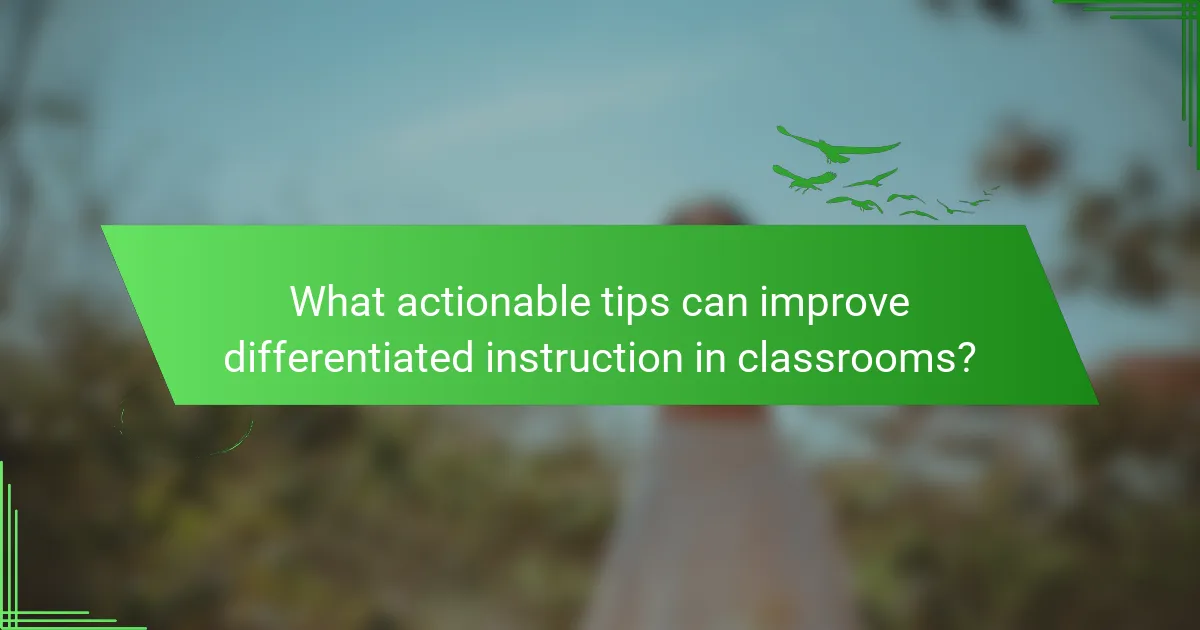
What actionable tips can improve differentiated instruction in classrooms?
To improve differentiated instruction in classrooms, implement strategies that cater to diverse learning styles and needs.
1. Assess student readiness and interests to tailor instruction.
2. Use flexible grouping to promote collaboration and peer learning.
3. Incorporate varied instructional methods, such as visual, auditory, and kinesthetic activities.
4. Provide choices in assignments to engage students and foster ownership.
5. Utilize formative assessments to monitor progress and adjust teaching accordingly.
6. Create a supportive classroom environment that encourages risk-taking and values diversity.
How can feedback be effectively utilized in a differentiated setting?
Feedback can be effectively utilized in a differentiated setting by tailoring responses to individual learning needs. Personalized feedback helps students understand their strengths and areas for improvement, fostering a growth mindset.
Frequent check-ins allow educators to adjust instruction based on real-time data. This adaptability ensures that all students remain engaged and supported.
Incorporating peer feedback encourages collaboration and diverse perspectives, enhancing the learning experience. This method not only builds community but also reinforces learning through teaching.
Utilizing technology can streamline feedback processes, providing instant and specific responses. Tools such as learning management systems facilitate timely communication, allowing for effective adjustments in teaching strategies.
What common mistakes should be avoided when implementing differentiation?
Common mistakes in implementing differentiation include failing to assess student readiness, neglecting to provide clear learning goals, and not offering varied instructional strategies. Additionally, some educators overlook the importance of ongoing assessment and feedback. A lack of collaboration among teachers can also hinder effective differentiation. Lastly, assuming all students learn the same way can lead to disengagement.
What expert insights can guide successful differentiation efforts?
Effective differentiation efforts can be guided by expert insights that focus on understanding diverse learning styles. Tailoring instruction to meet individual needs enhances engagement and comprehension. Strategies include using varied teaching methods, integrating technology, and fostering a supportive classroom environment. Research shows that personalized learning approaches can significantly improve student outcomes. Collaboration among educators to share best practices also strengthens differentiation efforts.
